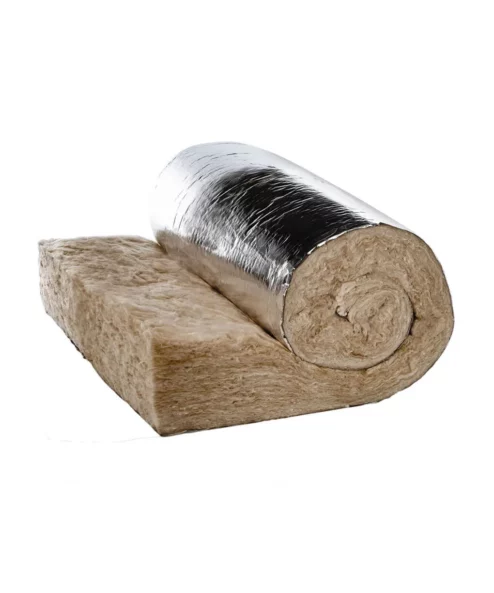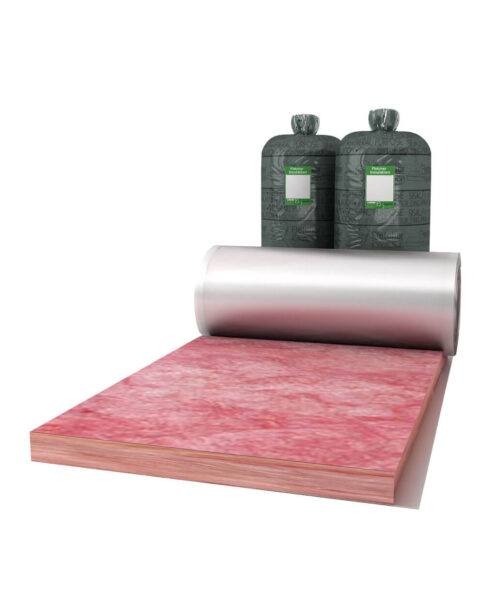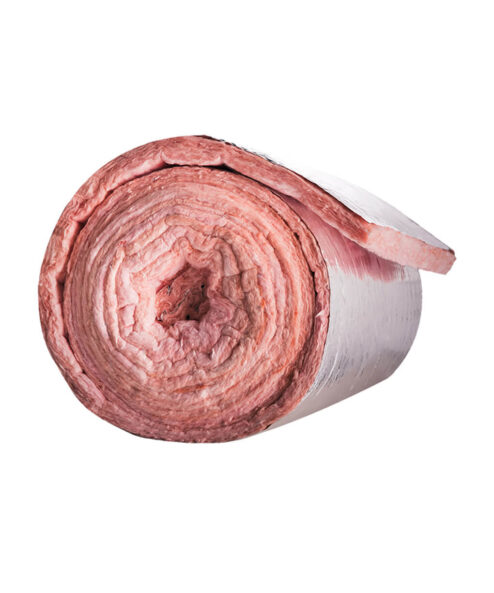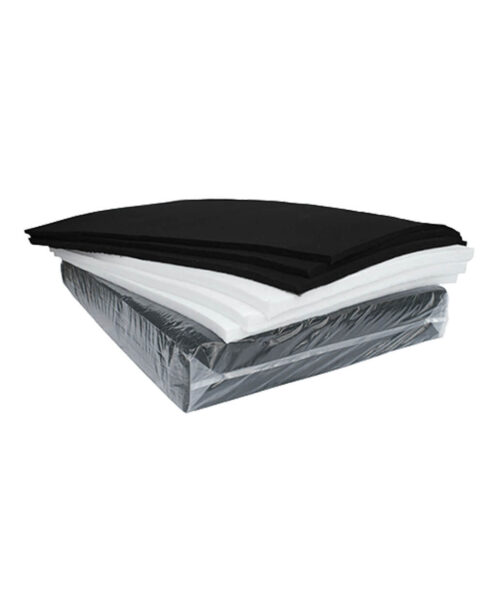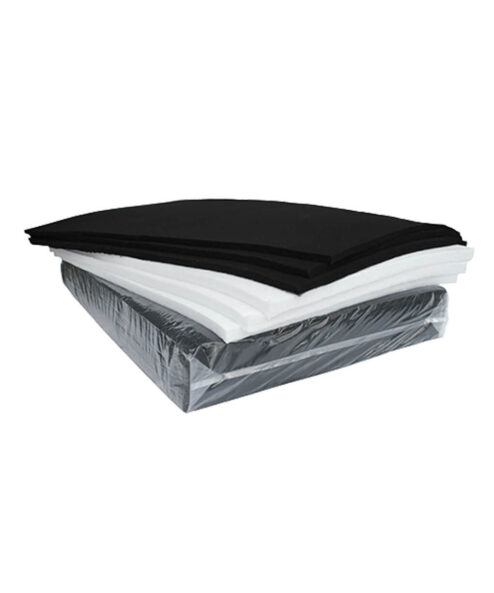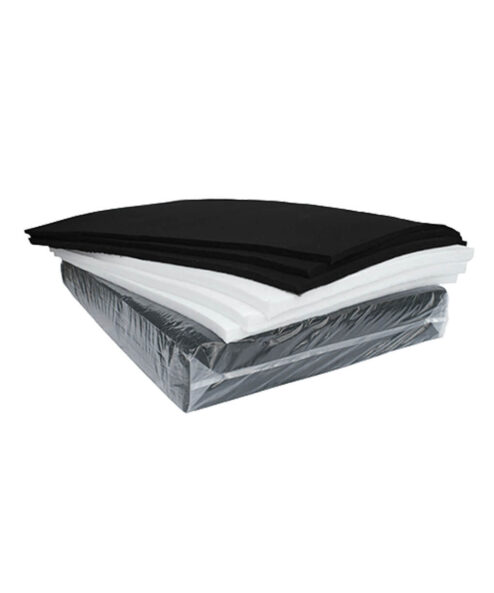Insulation Blanket
Maintaining a comfortable indoor environment relies heavily on insulation. A versatile solution, insulation blankets are adept at regulating temperatures by minimising heat transfer. Whether it’s retaining warmth in colder months or keeping interiors cool during scorching summers, these blankets provide a reliable barrier against external elements. Their adaptability also extends beyond temperature control, effectively dampening noise and enhancing energy efficiency.
What Are Insulation Blankets?
Insulation blankets are flexible and lightweight materials designed to provide thermal insulation in various spaces. Primarily used beneath tile and metal roofs, they effectively regulate temperature by minimising heat transfer.
From residential homes to industrial facilities, insulation blankets offer a cost-effective and sustainable way to optimise comfort levels while reducing environmental impact. In this guide, we’ll explore how they can transform your space for the better.
Composed predominantly of glasswool with a foil backing, these blankets offer durability and flexibility while enhancing insulation properties. Their construction allows for easy installation and adaptation to different surface shapes and sizes.
With their ability to reduce energy consumption and maintain comfortable indoor temperatures, insulation blankets serve as a practical solution for both residential and commercial applications, offering a balance of efficiency and versatility.
Benefits of Insulation Blankets
Insulation blankets offer many benefits. Firstly, they enhance energy efficiency by minimising heat loss or gain, thereby maintaining consistent indoor temperatures, and lowering heating and cooling expenses. They also provide effective noise reduction and acoustic insulation, creating quieter and more peaceful environments. Furthermore, insulation blankets align with environmental concerns, as many options utilise sustainable materials, contributing to eco-friendly practices.
Applications of Insulation Blankets
Insulation blankets offer reliable solutions across residential, industrial, and commercial domains, addressing diverse insulation needs with efficiency and effectiveness:
- In residential settings, they are commonly installed beneath tile and metal roofs, regulating indoor temperatures for improved comfort and energy efficiency.
- In industrial applications, they are used for thermal insulation on pipes, tanks, and equipment, safeguarding against heat loss or condensation.
- In commercial buildings, they are typically installed beneath metal roofs, contributing to energy conservation and maintaining consistent indoor temperatures.
Installation and Maintenance
Installing insulated blankets is typically straightforward, with many options suitable for DIY projects. Following manufacturer guidelines, individuals can cut and fit blankets to desired spaces, minimising installation costs. However, it is essential to take proper safety precautions when installing insulation blankets.
Occasional inspections ensure blankets remain intact without tears or gaps. Cleaning the foil facing on insulation blankets with mild soap and water can remove dust or debris build-up, and sealing any seams or edges can help to prevent air leakage, optimising insulation effectiveness.
Frequently Asked Questions
How Do Insulation Blankets Differ from Insulation Batts?
Insulation blankets and insulation batts differ in material, application methods, and installation locations. Insulation blankets are usually made from glasswool with a foil backing, and placed beneath metal and tile roofs to regulate temperature. On the other hand, insulation batts are often made of glasswool or polyester and are installed on top of the plaster ceiling. Both types work together synergistically - roof insulation blankets provide primary insulation, while batts above the ceiling offer additional thermal protection. This combination ensures comprehensive coverage and optimal insulation performance.
Are Insulation Blankets Safe?
Insulation blankets are considered safe when installed and used correctly, meeting stringent fire safety standards and industry regulations. Reputable manufacturers ensure their products comply with relevant codes and standards.
Can Insulation Blankets Help Reduce Noise?
Yes, insulation blankets can effectively reduce noise transmission by absorbing and dampening sound waves. Their dense composition and layered construction help to block and absorb sound vibrations, thereby reducing noise levels. Suitable applications include installing insulation blankets for the roof, walls, ceilings, and floors of residential, commercial, and industrial spaces to minimise noise from HVAC systems, machinery, and external sources.
What Environmental Benefits Do Insulation Blankets Offer?
Insulation blankets contribute to environmental sustainability by using eco-friendly materials such as recycled fibreglass and foil backing. These materials reduce the carbon footprint of production and minimise waste. Some insulation blankets are also certified by green building standards like LEED (Leadership in Energy and Environmental Design), ensuring adherence to strict environmental criteria and promoting energy-efficient, sustainable building practices.
How Long Do Insulation Blankets Last?
The lifespan of insulation blankets typically ranges from 20 to 30 years, depending on factors like material quality and environmental conditions. To maximise longevity and performance, regular maintenance is essential. Blankets should be inspected for tears, gaps, or moisture ingress, and promptly repaired when necessary. Proper ventilation can help to prevent moisture buildup, which can compromise insulation effectiveness over time.
Are Insulation Blankets Suitable for DIY Installation?
Yes, while insulation blankets are generally installed by professional roofers, they are also suitable for DIY installation, thanks to their flexibility and ease of handling. However, proper safety precautions are crucial, including wearing protective gear such as gloves, goggles, and a mask to prevent irritation from insulation materials. You may also need to install safety guards around the perimeter of the roof. It’s also essential to follow manufacturer instructions carefully.
What Factors Should I Consider When Choosing Insulation Blankets?
When choosing insulation blankets, opt for those with higher R-values and durable materials. The R-value measures the thermal resistance of insulation material, indicating its ability to resist heat flow. A higher R-value signifies greater insulating effectiveness, meaning the material better prevents heat transfer. To minimise environmental impact, you should also consider eco-friendly materials such as glasswool, which is often made using recycled glass bottles.
Explore Our Range of Insulation Blankets
Why settle for anything less than the best in comfort and energy efficiency? Are you ready to explore how insulation blankets can transform your space? Discover the diverse range of insulation blankets available at Pricewise Insulation. Whether it's residential, commercial, or industrial applications, we offer high-quality blankets designed to optimise comfort and energy efficiency. Contact our team for expert advice and personalised product recommendations, or explore our insulation range online.



